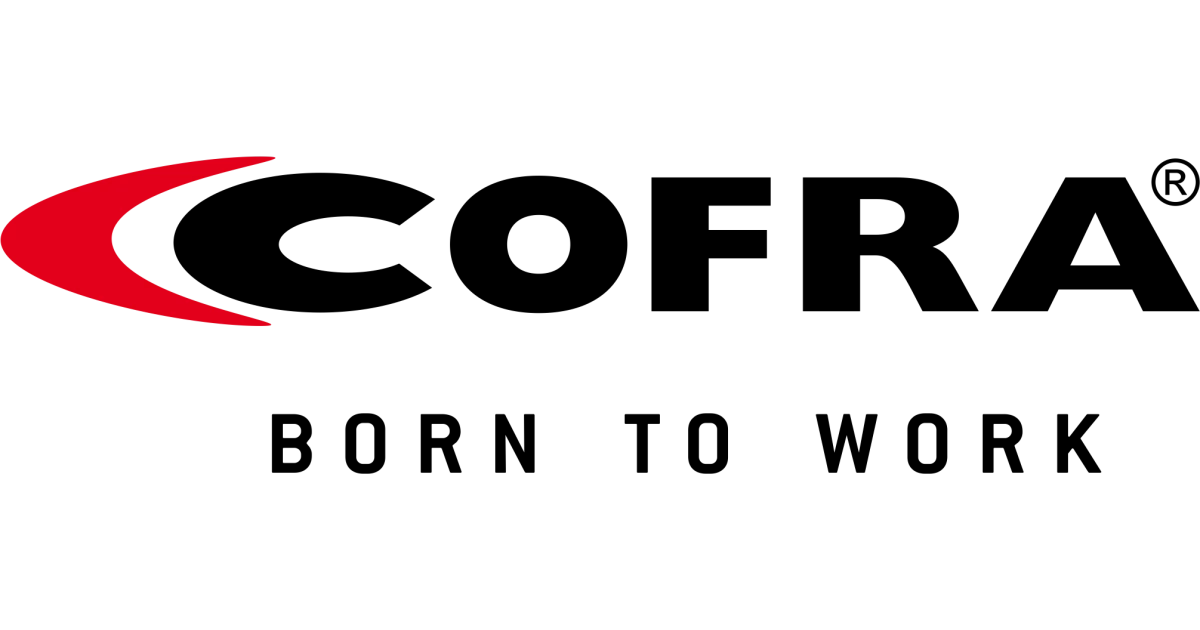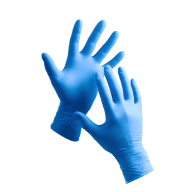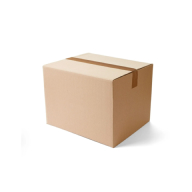Cofra Igarka Jacket Black/Black
Cofra
visit storeProduct description
Product Features:
- One pocket on left sleeve with zipper
- Two wide lower pockets with zippers
- Two chest pockets
- Mobile phone pocket with E-Ward protective fabric
- Two inner pockets, one with zipper
- Abrasion-resistant rubber elbow inserts
- Ergonomic sleeve design
- Inner lining made of aluminized fabric
- Adjustable and detachable hood
- Adjustable cuffs with Velcro
- Ripstop fabric texture
- Reflective inserts
- Adjustable waist width
- Technical padding with reduced volume and good thermal insulation
- Thermally bonded seams
Technical Details:
- Style: Padded jacket
- Fabric Composition:
— Outer: 100% Recycled Polyester + COFRA-TEX Polyurethane Membrane
— Padding: 60% DuPont™ Sorona® polyester / 40% Polyester
— Lining: 100% Polyester + insert made of 100% aluminized polyester with polyurethane membrane
- Weight: 200 g/m²
Standards:
- EN 343:2019
- EN ISO 13688:2013
Areas of Application:
- Construction
- Airports
- Cold temperature environments
- Industry
- Agriculture
- Logistics
- Rainproof and windproof applications
Offers full arm coverage for protection and warmth in demanding work environments. Enhances safety and comfort with durable, long-lasting sleeves.
Offers head and neck weather protection. The attached hood provides warmth and shields against elements, enhancing comfort and functionality.
The mechanism that secures the garment, affecting ease of use, security, and functionality. Different styles offer varying levels of quick access and durability.
Defines the neck area design that affects weather protection, comfort, and compatibility with safety equipment like helmets and other PPE.
Defines how sleeve ends are finished and secured at the wrist, affecting weather protection, comfort, and compatibility with work gloves.
Describes how the jacket sits on the body, affecting comfort, mobility, and layering options. Choose loose for maximum freedom, regular for balanced wear, or slim for a closer fit.
Defines how the jacket fits at the waist—adjustable options like drawstring or elastic enhance comfort, seal out weather, and improve mobility during work tasks.
Measured in grams per square meter (g/m²), indicating fabric density and durability. Higher numbers mean heavier, more protective materials for demanding environments.
Offers secure storage for valuables and tools. Zipper closure keeps items safe and protected during demanding work conditions.
Provides secure, concealed storage inside the garment. Ideal for protecting valuables and personal items from the elements and potential loss.
- Cold Protective
- Water Resistance
- Machine Washable
Request a free sample
Test first and buy later. Visit any product page to request your free sample.
Standards and labels
EN 343 is a European standard for protective clothing against bad weather. It says clothes must be waterproof, breathable, and not let water in. It's used to protect workers in different industries like construction and transportation. Tests must show the clothing meets these standards.
Test results
Breathability Class 4EN 343:2019 is a standard that specifies requirements and test methods for protective clothing, including garments designed to provide protection against precipitation and wet conditions, with the aim of ensuring both waterproofness and breathability. Class 4 in Breathability meabs the highest level of breathability, indicating that the garment allows significant moisture vapor transmission while maintaining its waterproofness. This classification suggests that the garment provides excellent comfort for the wearer by allowing sweat and moisture to escape, thereby reducing the risk of overheating and discomfort during prolonged wear. The test method involves placing a fabric sample over a permeable plate in a controlled environment, applying a specific water pressure to simulate rain, and measuring the fabric's resistance to water penetration and its ability to transmit water vapor. Garments achieving Class 4 in Breathability offer practical advantages, as they are suitable for use in demanding outdoor activities and occupations where both waterproofness and breathability are essential, such as outdoor work in variable weather conditions.
Waterproofness Class 4EN 343:2019 is a standard that sets forth requirements and test methods for protective clothing, specifically focusing on garments intended to offer protection against precipitation and wet conditions, ensuring waterproofness and breathability. Class 4 signifies the highest level of waterproof performance, indicating that the garment effectively prevents water penetration under high hydrostatic pressure. This classification suggests that the garment offers superior protection against heavy rain and wet conditions, keeping the wearer dry and comfortable. The test method involves subjecting fabric samples to a specified water pressure for a predetermined duration and assessing any water penetration. Garments achieving Class 4 in Waterproofness are highly suitable for use in environments where protection against heavy rain and prolonged exposure to moisture is essential, such as outdoor work and activities in inclement weather conditions, ensuring user safety and comfort.
Downpour XEN 343:2019 is a standard that delineates requirements and assessment methodologies for protective clothing, specifically tailored to garments intended to offer protection against precipitation and wet conditions.Result X signifies that the garment's performance in resisting water penetration during simulated downpours has not been specified or assessed. The practical implications of this result are notable, as it indicates that the garment may not offer adequate protection against heavy rain and prolonged exposure to wet conditions, potentially compromising wearer comfort and safety, particularly in outdoor work environments where protection from inclement weather is paramount.
EN 13688:2013/A1:2021 is an amendment to the European standard EN 13688:2013 that specifies the performance requirements for protective clothing. The standard includes requirements for safety, comfort, and durability, as well as tests for determining these properties. Protective clothing includes items like coveralls, aprons, and gloves that are worn to protect the wearer from hazards. The amendment updates the standard to include new test methods and performance requirements. Possible test results include resistance to chemicals, heat, abrasion and tearing, as well as breathability and comfort. The clothing can be tested under different conditions to check if it meets the standard's requirements.
Oeko-Tex Standard 100 is a product certification program for textiles, which is awarded by the Oeko-Tex Association. This program verifies that the textile products are free from harmful chemicals. To be able to use the Oeko-Tex Standard 100 label, a product must meet certain requirements set by the Oeko-Tex Association which include limits on the levels of harmful substances such as pesticides, heavy metals, and formaldehyde. The textile products are inspected and certified by Oeko-Tex, they can use the Oeko-Tex Standard 100 label on their packaging to show that they are free from harmful chemicals. This certification is for all types of textiles, from raw materials to finished products, and it is globally recognized.
PPE stands for "personal protective equipment." PPE Category 1 refers to equipment that is simple and easy to use, and has a lower level of risk. Examples of PPE Category 1 include gloves, goggles, and simple respirators. In Europe, PPE Category 1 must meet certain safety standards set by the European Union. This means that it must be designed and manufactured to protect the user without causing harm. Companies that make or sell PPE must prove that it meets these standards.
CE Marking is a label that shows a product meets certain safety and environmental standards set by the European Union. To get the CE Marking, a company must test and certify their product meets these standards. CE Marking is required for many products sold in the EU, including electronics, machinery, toys and medical devices. It helps ensure that products are safe for consumers and the environment, and allows for easy trade within the EU.
Cofra delivery terms
Free delivery when you order more than 150,00 € from Cofra
Supplier shipping fee 6,68 €
Brand minimum 0,00 €
66,43 €
Shipping fee is 6,68 € for orders under 150,00 €
Sold in units of one piece
Need larger quantities?
Other products you may like
Recently viewed
Need help?
Get help from our experts
Other products you may like
Similar products you may like
Autonomous sourcing platform
The most efficient way to source and order supplies for your operations
Sourcing
Ordering
List products you’re looking for and we’ll find the best products and prices for you – all for free.
Need help?
Get help from our experts



